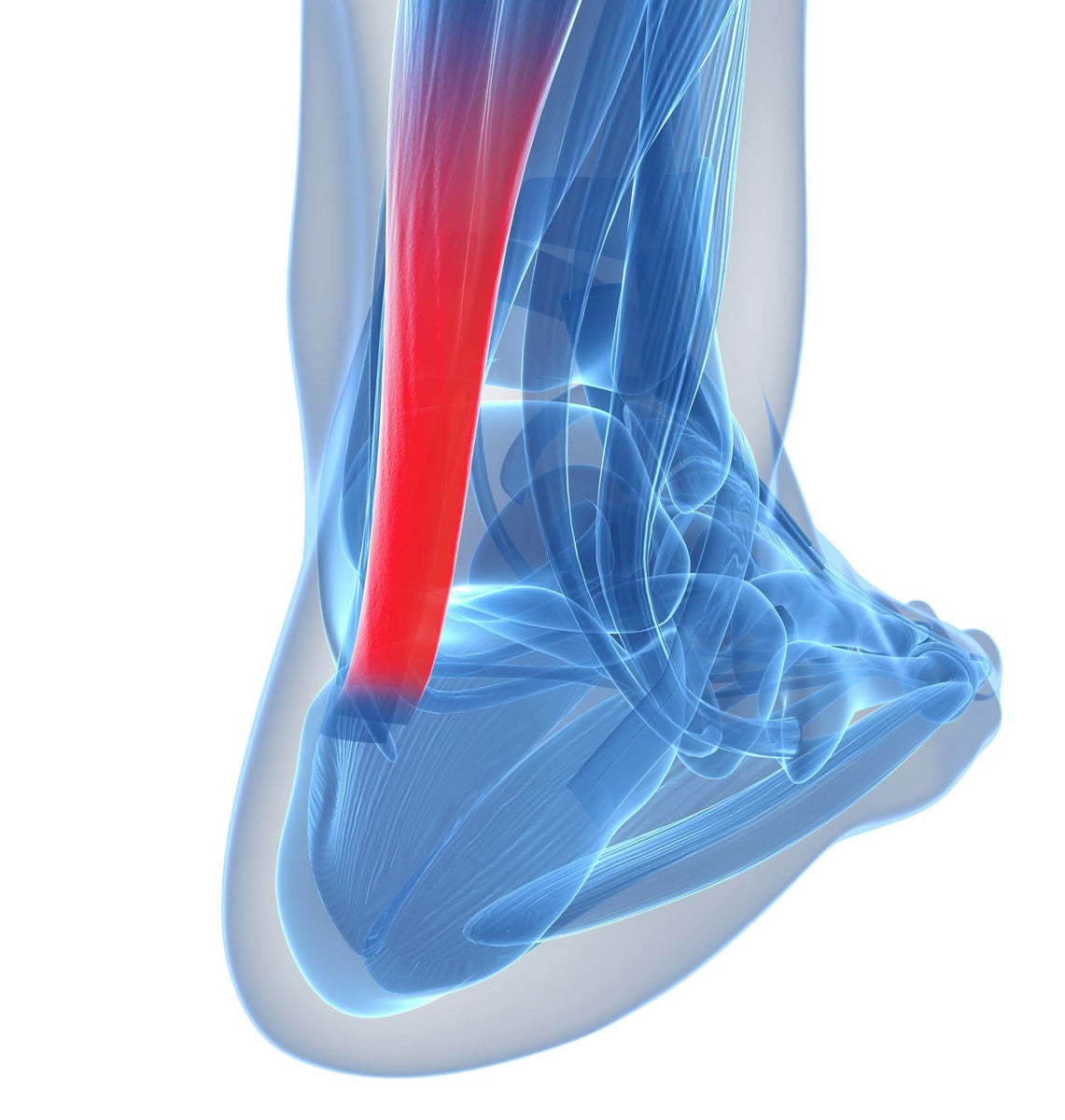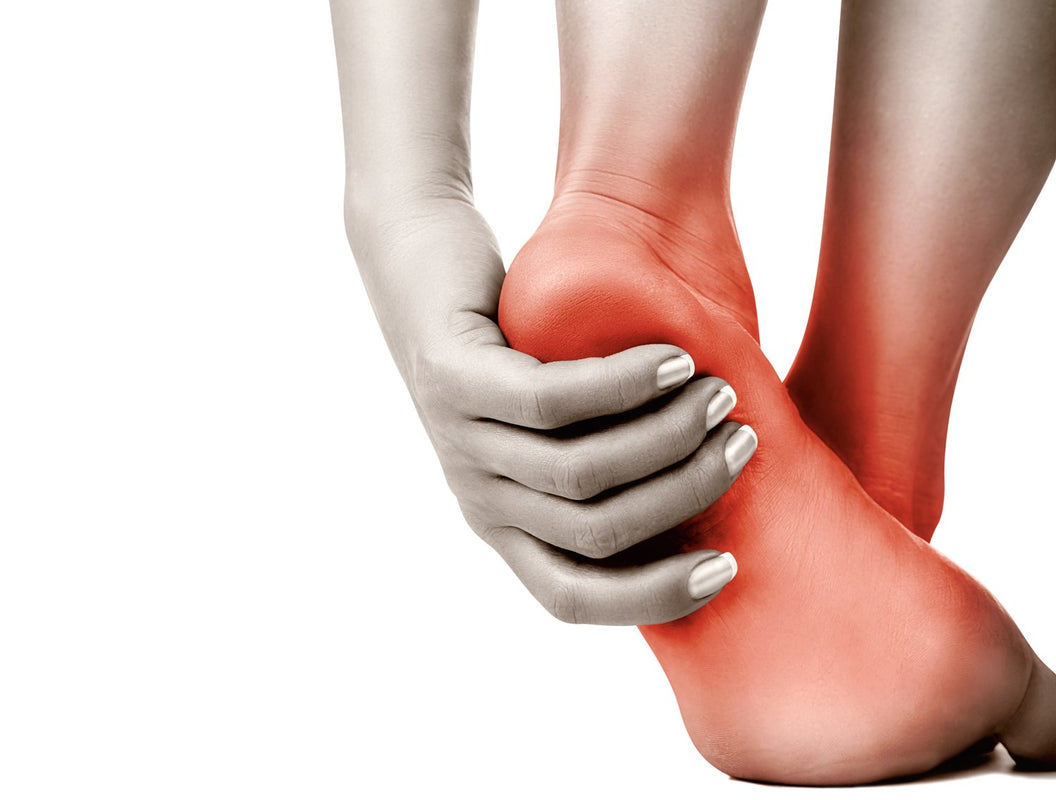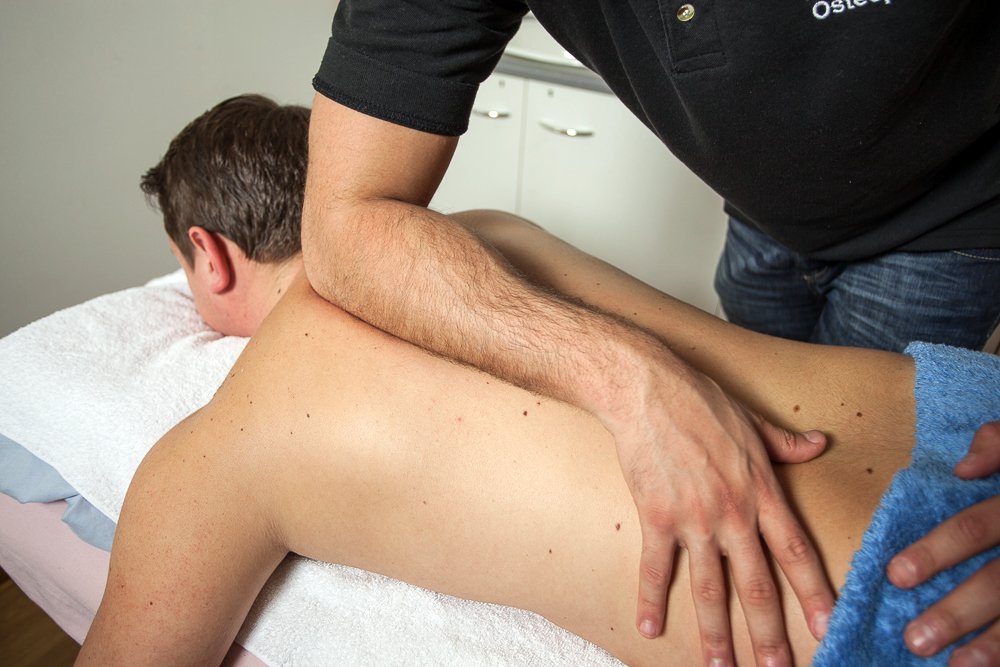Achilles Tendonitis
Anatomically the Achilles tendon is a strong fibrous band of connective tissue that rises from the heel bone and attaches into the calf muscles. It is the thickest tendon in the body and plays a pivotal role in the walking gait cycle as it provides the attachment site for the gastrocnemius (calf) muscle whose action is to lift the heel when walking. Due to its high weight-bearing nature, the Achilles tendon is prone to injury. An overloading of the calf muscles can lead to increased pressure on the Achilles tendon, leading to inflammation and degeneration creating pain, known as a tendonitis.Achilles Tendonitis – is a term used to describe inflammation of the Achilles tendon and commonly used when symptoms are acute. If however, the problem persists and the condition becomes chronic a change in the tendon often appears and a thickening of the Achilles tendon is common with increased swelling.
It’s at this time that you are looking at a more long-term issue and it’s likely you are suffering from Achilles Tendonopathy.
Often patients complain of pain around the achilles when walking or after they have finished exercising.
If the injury worsens then the pain may come on during activity as well as after. Less commonly, the Achilles tendon can also be injured by over stretching in a single incident, causing a potential tear or rupture of the muscle.
It may be weaker and significantly painful after this kind of injury.

Causes of Achilles Tendonitis
- Overuse Injuries – Increased activity on the calf and Achilles tendon will result in tightness and inflammation
- Age – Unfortunately as we get older tendons become weaker and start to degenerate as a result the Achilles is prone to becoming aggravated
- Overweight – An increase in weight can result in an increased deans on the Achilles Tendon resulting in overuse and inflammation
- Poor Foot Biomechanics – People who suffer from High Arches or Flat Feet are more prone to sustaining Achilles tendon injuries
Symptoms and Diagnosis of Achilles Tendonitis
Symptoms
- Pain and inflammation situated around the top of the heel and around the Achilles tendon
- Swelling and thickening of the Achilles Tendon, potentially bruising present
- Pain is experienced when walking and in particular when lifting the heel off the ground
- Potentially more pain present in the morning and with an increase in activity
- Tightness and pain present around the calf and Achilles tendon
Diagnosis
Diagnosis can be performed through physical examination where palpation of the Achilles tendon will present with pain and tenderness. Active resistance of the calf muscle and Achilles tendon can potentially present with pain. It’s very important if you are suffering from Achilles pain that you get it checked out to confirm the degree and severity of injury so that your next step is the correct one. Its very common for MRI scans to be used to help diagnose the injury.
Advice to help treat Achilles Tendonitis
It’s important to understand when treating Achilles tendonitis that the primary aim to start with is to reduce the inflammation and reduce tension in the calf and Achilles tendon.
The most common treatment modalities used are.
- Icing – Rest ice and elevation of the calf and Achilles will help to alleviate swelling around the ankle and reduce the loading on the foot.
- Adaptation of training load – Try and reduce the amount of exercise activities especially those which are weight-bearing.
- Medication – Non-Steroidal Anti-inflammatory medication such as Ibuprofen, Nurofen can help aid reduce pain and inflammation, however, please confirm use through your GP before undertaking any prescription.
Manual Therapy such as Osteopathy can certainly help alleviate symptoms present with Achilles Tendon injuries, with foot and ankle manual mobilisations, deep tissue massage of the calf muscles, ultrasound and acupuncture commonly used.
Strapping of the Achilles tendon using Kinesio tape has also been shown to be very effective to offload the calf muscle in order to let it heal faster.
A home exercise plan is often prescribed for you to complete between treatment sessions which will commonly involve stretching and strengthening exercise for the tendon dependent on your injury status and recovery.


